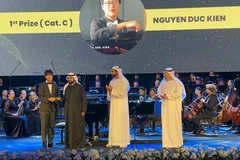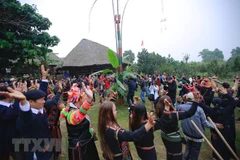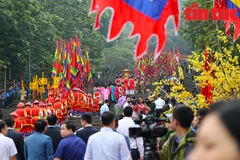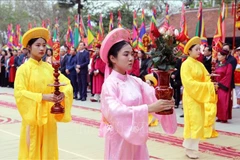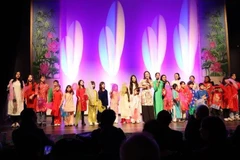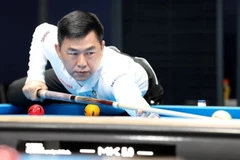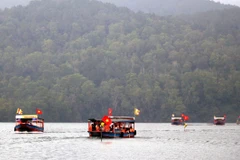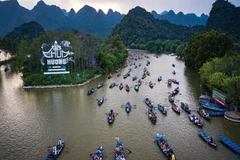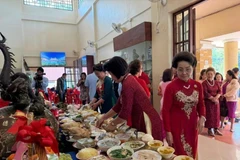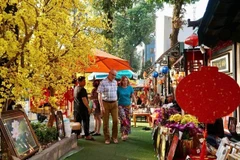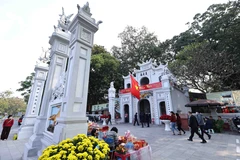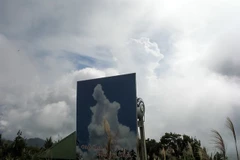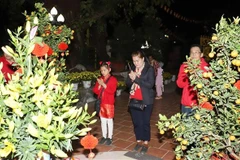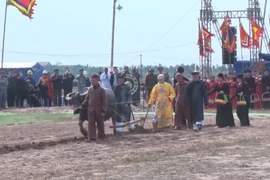The 1.1 million USD projectaims to build a suitable management system for the citadel servinglong-term preservation, contributing to the community’s sustainabledevelopment, said Nguyen Van Son, Director of the Thang Long-HanoiHeritage Conservation Centre, said at a seminar in Hanoi on December 18to review the four-year project.
In 2010, with the support ofJapanese partners, the Vietnam Institute of Vietnamese Studies andDevelopment Sciences discovered new facts about the citadel.
Based on its name and architecture, scientists have proven thesimilarity in planning shared by the Thang Long Citadel and othercitadels in Southeast and Northeast Asian countries.
Theproject has also helped young Vietnamese archaeologists access advancedmethods while promoting the development of Vietnam ’s urbanarchaeology.
Thanks to Japan ’s machinery and equipmentassistance and consultations, a geographic information system has beenestablished to support the management of the heritage.
The project has also published various books and made souvenirs highlighting special values of the citadel.
The Thang Long Citadel was recognised by the United NationsEducational, Scientific and Cultural Organisation (UNESCO) as part ofthe world cultural heritage in 2010.
The site won therecognition thanks to its three outstanding characteristics: the lengthof its cultural history, the continuity of the citadel as a power centreand the variety of relics it contains.
Also on December 18,the Hanoi People’s Committee presented certificates of merit to theUNESCO Office in Vietnam and the Tokyo Research Institute of CulturalProperties for their contributions to protecting the heritage.-VNA
